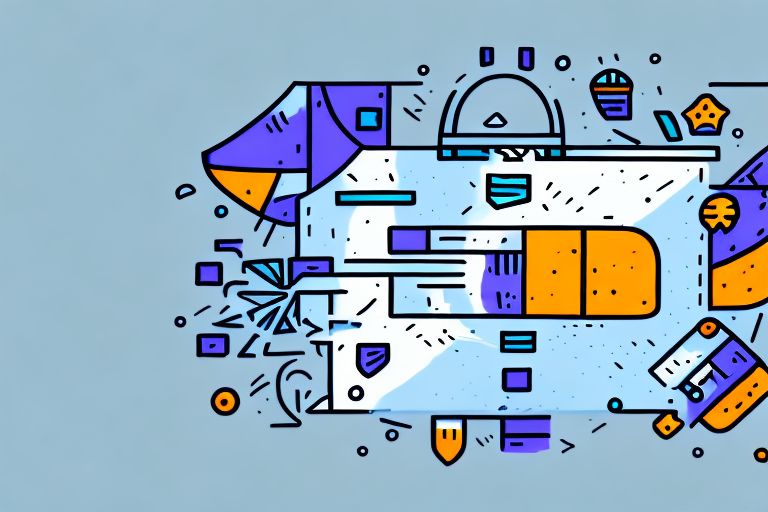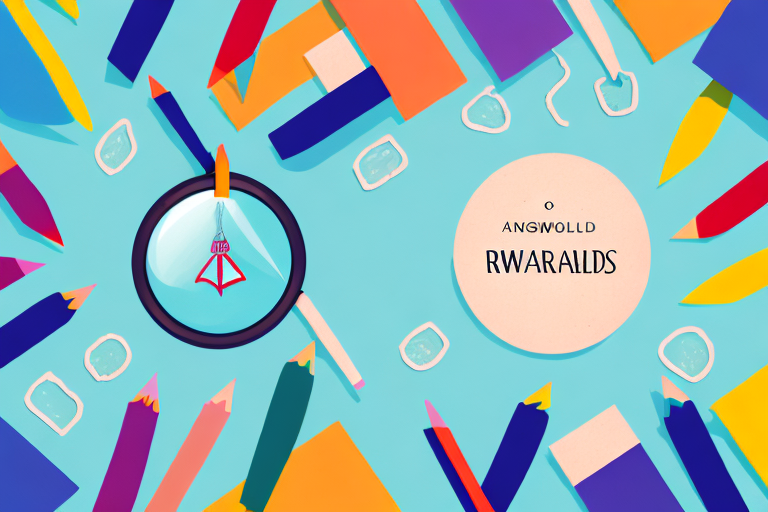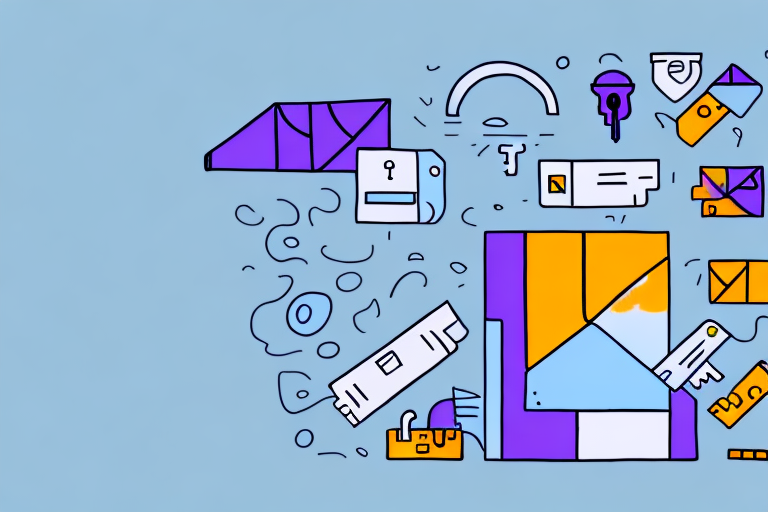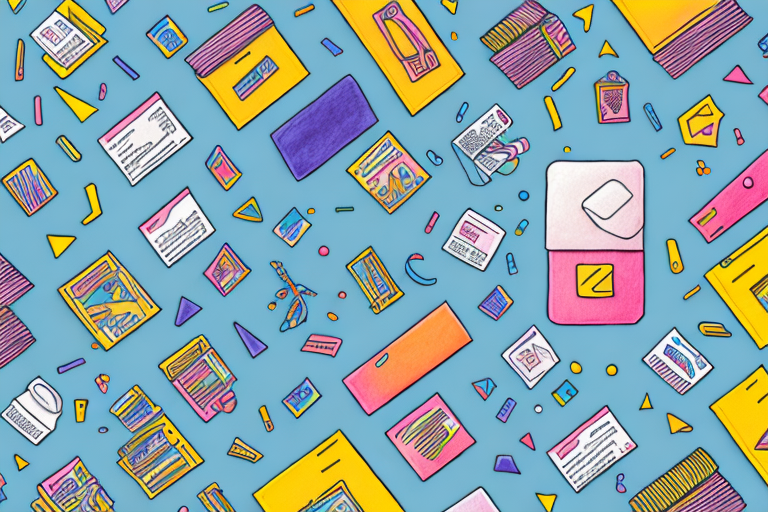Unlocking the Benefits of Loyalty Tiers for Your Business
Loyalty programs have become an essential component of nearly every successful business strategy. They enhance customer engagement, encourage repeat purchases, and help businesses retain customers in an increasingly competitive market. However, with numerous businesses offering various types of loyalty programs, standing out and providing a program that genuinely resonates with your customers can be challenging.
Understanding Loyalty Tiers: What They Are and How They Work
Loyalty tiers are a multi-level approach to rewards programs where customers can ascend through various loyalty levels based on their engagement with a business. These tiers provide clear goals for customers, increasing their motivation to remain engaged with a particular brand. At each tier, customers receive more exclusive rewards and benefits, making the loyalty program feel personalized and tailored to their specific needs.
One key benefit of loyalty tiers is that they allow businesses to gather valuable data on customer behavior and preferences. By tracking which rewards are most popular at each tier, businesses can gain insights into what motivates their customers and use this information to enhance their loyalty program offerings. Additionally, loyalty tiers help businesses identify their most valuable customers, enabling targeted personalized offers and promotions to further increase engagement and loyalty.
The Psychology of Loyalty Programs: Why Tiers Matter
Tiered loyalty programs succeed primarily because they leverage principles of social psychology. At each level, customers feel like they are part of an exclusive club, increasing their sense of belonging and desire to reach the next level. Additionally, customers perceive rewards as more valuable as they strive towards them, enhancing their overall loyalty to the brand.
Moreover, tiered loyalty programs create a sense of accomplishment and progress for customers. Advancing through tiers provides a feeling of achievement and pride in their loyalty to the brand. This positive reinforcement leads to increased engagement and can drive positive word-of-mouth marketing as customers share their achievements with others. Overall, tiered loyalty programs are powerful tools for increasing customer loyalty and engagement.
How to Design a Loyalty Tier Program that Works for Your Business
When designing a loyalty tier program, it's crucial to prioritize your customers' needs. The program should offer clear and achievable goals, with rewards that are relevant to both your business and your customers. Additionally, maintaining a balance between tiers and rewards is essential, ensuring that higher tiers provide significant value while lower tiers remain attainable for all customers.
Another important factor is the communication strategy. Clearly conveying the program's benefits helps customers understand its value. Utilize email campaigns, social media posts, and in-store signage to communicate effectively. Keeping customers engaged by regularly updating them on their progress and offering exclusive promotions or rewards is also vital.
Finally, tracking the success of your loyalty tier program and making necessary adjustments is crucial. Analyzing customer behavior and feedback helps identify areas for improvement, allowing you to refine the program to better meet your customers' needs. Regular evaluation ensures that your loyalty tier program continues to provide value and drive business growth.
The Advantages of Offering Multiple Tiers in Your Loyalty Program
Offering multiple tiers in your loyalty program provides significant benefits:
- Increased Engagement: Customers are motivated to strive for higher tiers, driving continuous engagement and promoting brand advocacy.
- Customer Segmentation: Businesses can segment their customers based on loyalty levels, enabling more targeted marketing efforts and personalized experiences.
- Enhanced Retention: Different reward levels encourage customers to remain loyal to your company to achieve higher tiers, increasing customer lifetime value.
- Valuable Insights: Tracking customers across tiers provides insights into behavior and preferences, allowing for program optimization and tailored marketing strategies.
Maximizing Customer Engagement Through Tiered Rewards
Tiered rewards significantly boost customer engagement by offering rewards that match the customer's loyalty level. This creates excitement and satisfaction as customers reach new tiers. Personalized rewards that cater to the customer's needs and interests foster a deeper connection to the brand, enhancing overall loyalty.
The Role of Data Analytics in Optimizing Loyalty Tiers
Data analytics is pivotal in optimizing loyalty tiers. By tracking customer behavior and engagement, businesses can refine their rewards programs to align with customer preferences. Analytics help identify trends and behaviors that may necessitate changes to the loyalty program, ensuring it remains relevant and effective over time.
Furthermore, data analytics assists in identifying the most loyal customers, enabling personalized rewards and incentives to encourage continued loyalty. This not only helps retain existing customers but also attracts new ones through positive word-of-mouth recommendations from loyal customers.
Examples of Successful Loyalty Tier Programs Across Different Industries
Numerous industries showcase successful loyalty tier programs:
- Starbucks Rewards: This program allows customers to progress through various levels, receiving personalized rewards like free drinks and exclusive promotions based on accumulated stars.
- Sephora's Beauty Insider: Offers multiple tiers with exclusive products and experiences available only to customers who reach the top tiers.
- Hilton Honors: Provides benefits such as free room upgrades, late check-outs, and access to exclusive lounges, with points redeemable for free stays at Hilton hotels worldwide.
- Delta SkyMiles: Members enjoy benefits like priority boarding, free checked bags, and access to airport lounges, with miles redeemable for free flights or upgrades.
Common Mistakes to Avoid When Implementing a Loyalty Tier Program
When implementing a loyalty tier program, avoid these common mistakes:
- Overcomplicating the Rewards Structure: A complicated system can confuse customers and reduce participation.
- Poor Communication: Failing to clearly communicate the program's benefits can lead to low engagement.
- Inadequate Value in Rewards: If rewards do not provide significant value, customers may lose interest.
- Ignoring Data Analytics and Feedback: Without leveraging data and customer feedback, optimizing the program becomes challenging.
- Lack of Flexibility: A one-size-fits-all approach may not cater to diverse customer preferences. Offering options like cashback, discounts, or exclusive experiences can enhance satisfaction.
- Failing to Update the Program: Regularly evaluating and updating the program ensures it remains relevant and valuable as customer needs evolve.
Measuring the Success of Your Loyalty Tiers: Metrics and KPIs to Track
To ensure your loyalty tier program is successful, track the following key metrics:
- Customer Engagement: Measure how actively customers participate in the program.
- Retention Rates: Track the percentage of customers who remain loyal over time.
- Program ROI: Calculate the return on investment to assess the program's financial effectiveness.
- Average Order Value (AOV): Compare the AOV of loyalty program members to non-members to determine if the program encourages higher spending.
- Customer Feedback: Gather and analyze feedback to understand customer satisfaction and areas for improvement.
- Brand Advocacy: Monitor the impact of the program on brand advocacy and referrals.
- Demographics: Analyze the demographics of program members to ensure alignment with your target audience.
Future Trends in Loyalty Programs: What to Expect in the Next Five Years
The future of loyalty programs is set to evolve with several emerging trends:
- Personalized Rewards: Increased focus on experiential rewards and tailored products to meet individual customer preferences.
- Gamification: Incorporation of points, badges, and leaderboards to enhance engagement and make the program more interactive.
- Omnichannel Integration: Seamless integration across multiple channels, including online and offline touchpoints.
- Mobile Optimization: Enhanced mobile experiences, allowing customers to manage their loyalty program through mobile apps.
- Sustainability and Ethical Rewards: Rewards that align with sustainable and ethical values to cater to socially conscious consumers.
The Importance of Personalization in Tiered Loyalty Programs
Personalization is crucial for creating a successful tiered loyalty program. Offering personalized rewards, exclusive experiences, and tailored marketing efforts significantly increases engagement and loyalty. Personalization helps businesses forge deeper connections with their customers, fostering brand advocacy and driving sales and growth.
How to Effectively Communicate and Market Your Loyalty Tiers to Customers
Effective communication and marketing are vital for the success of any loyalty tier program. Here are strategies to implement:
- Clear Messaging: Develop concise messaging that highlights the program's benefits, making it easy for customers to understand and engage with.
- Multi-Channel Marketing: Utilize various marketing channels such as email, social media, and in-store promotions to reach customers effectively.
- Regular Updates: Keep customers informed about their progress and any new rewards or promotions to maintain engagement.
- Visual Aids: Use visuals like infographics and progress bars to help customers track their status within the program.
- Incentivize Enrollment: Offer initial rewards or bonuses to encourage customers to join the loyalty program.
Building Brand Advocacy Through Effective Implementation of a Tiered Loyalty Program
A well-implemented tiered loyalty program can significantly enhance brand advocacy. By offering personalized rewards and exclusive experiences, businesses create a sense of belonging and deepen their connection with customers. Additionally, leveraging customer feedback and data analytics to continuously refine the program ensures it resonates with customers, fostering loyalty and encouraging advocacy.
Case Studies: Real-World Examples of Successful Implementation of a Tiered Loyalty Program
Several real-world examples demonstrate the success of tiered loyalty programs:
- Walgreens' Balance Rewards: Offers customers exclusive benefits, including personalized deals, free health screenings, and access to digital health tools.
- The Ritz-Carlton Rewards: Features multiple tiers with personalized experiences and exclusive perks tailored to their high-end clientele.
- Amazon Prime: While not a traditional tiered program, Amazon Prime offers various levels of membership benefits that enhance customer loyalty and satisfaction.
Overall, tiered loyalty programs provide businesses with a unique and effective way to drive customer engagement, loyalty, and growth. By prioritizing customer needs and leveraging data analytics, businesses can create programs that resonate with their core audience and significantly impact their bottom line.








